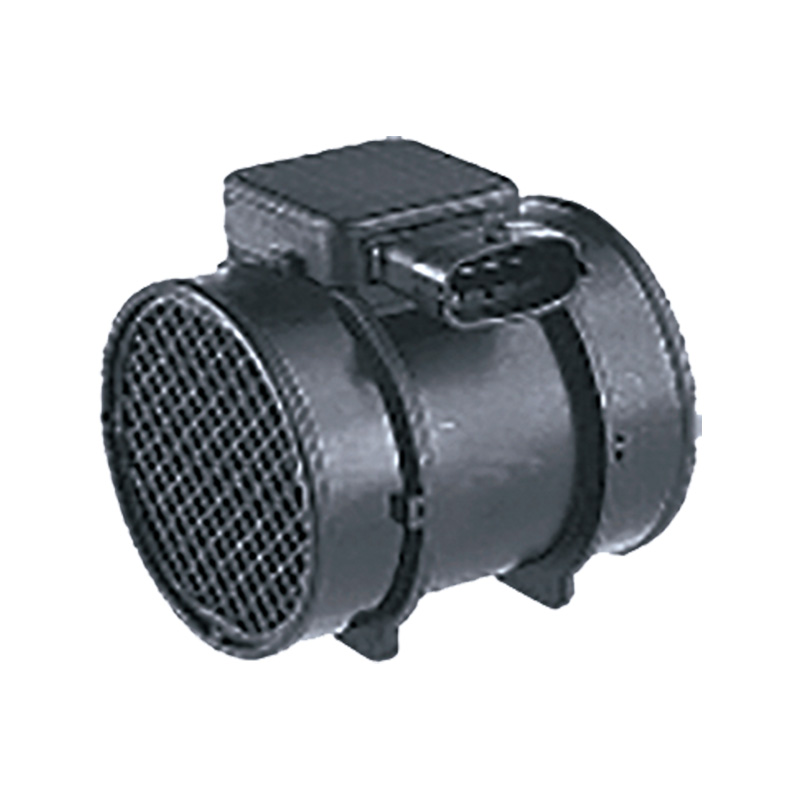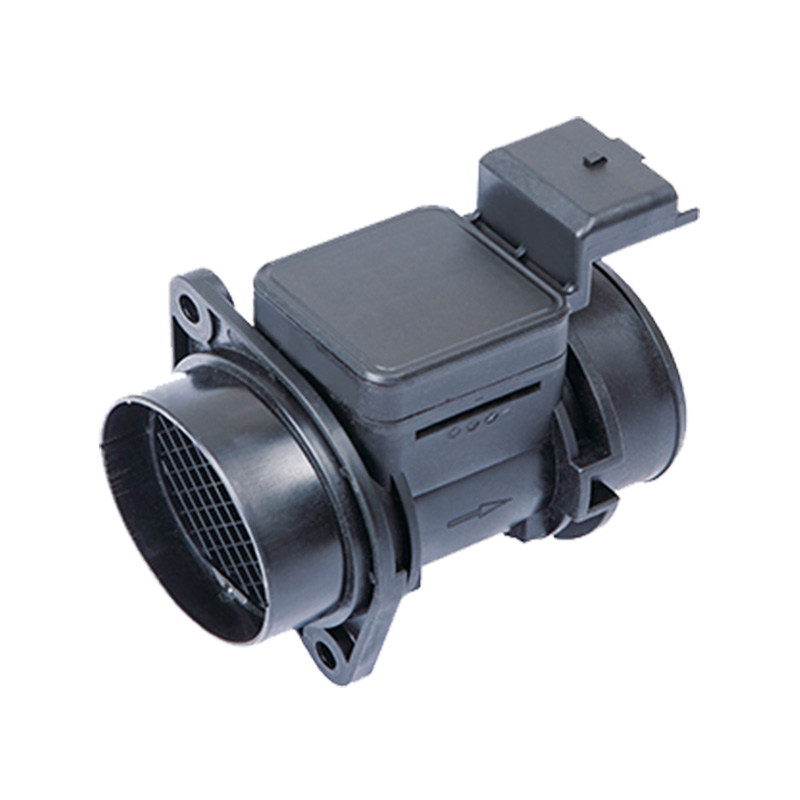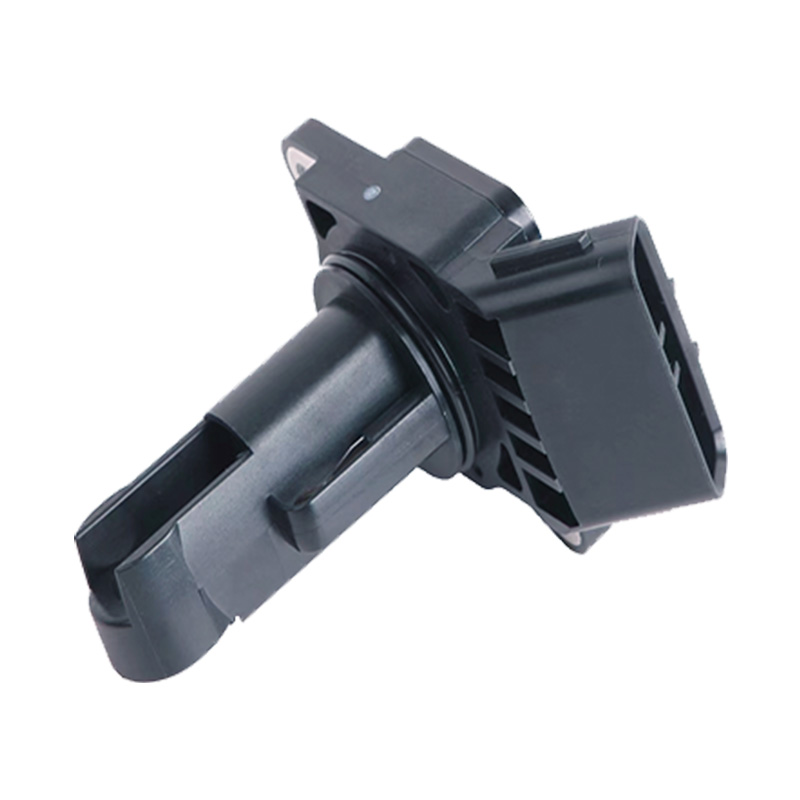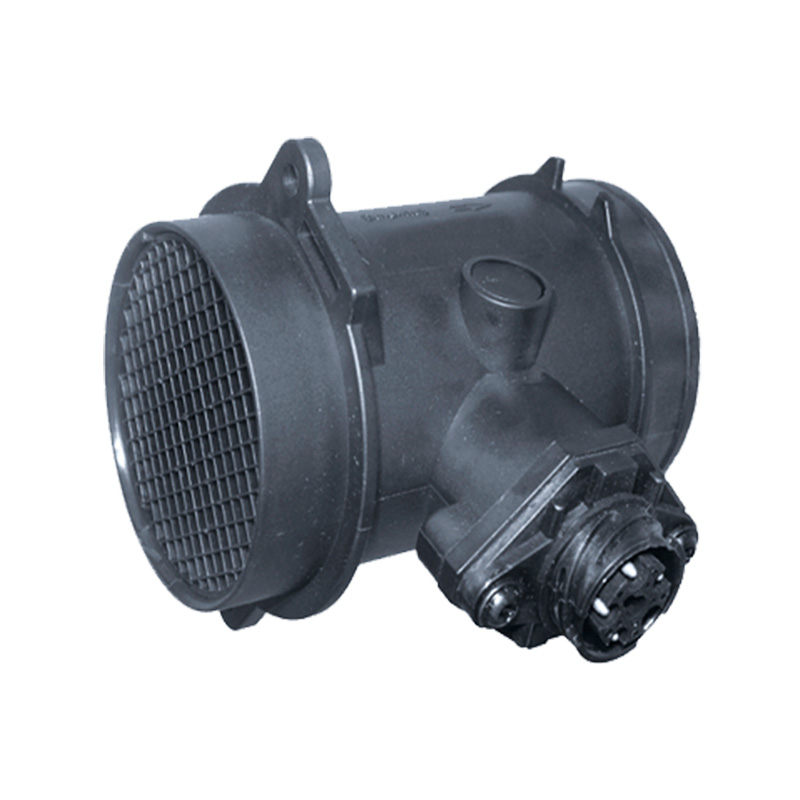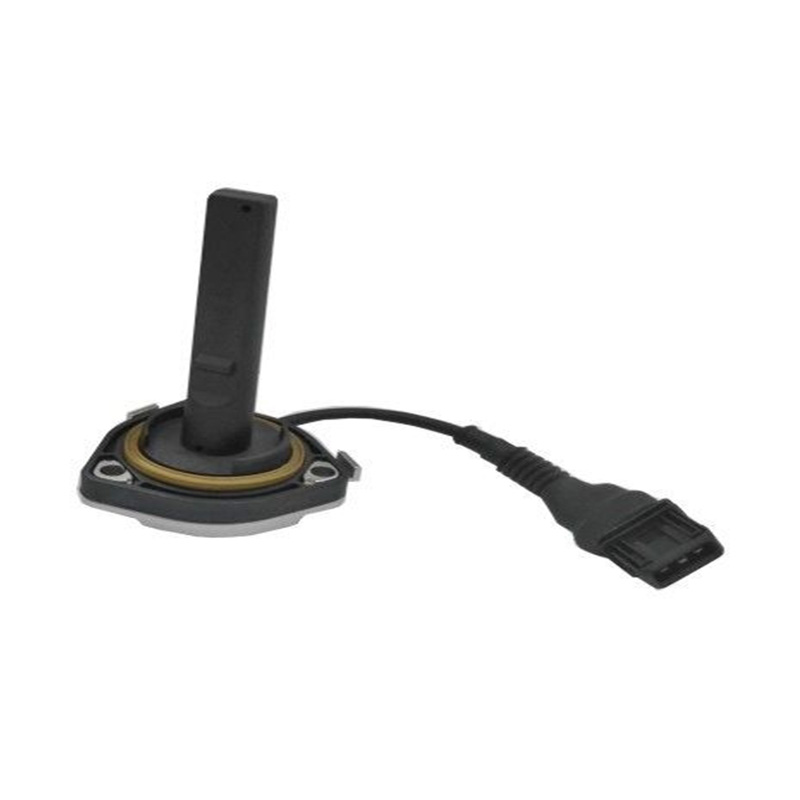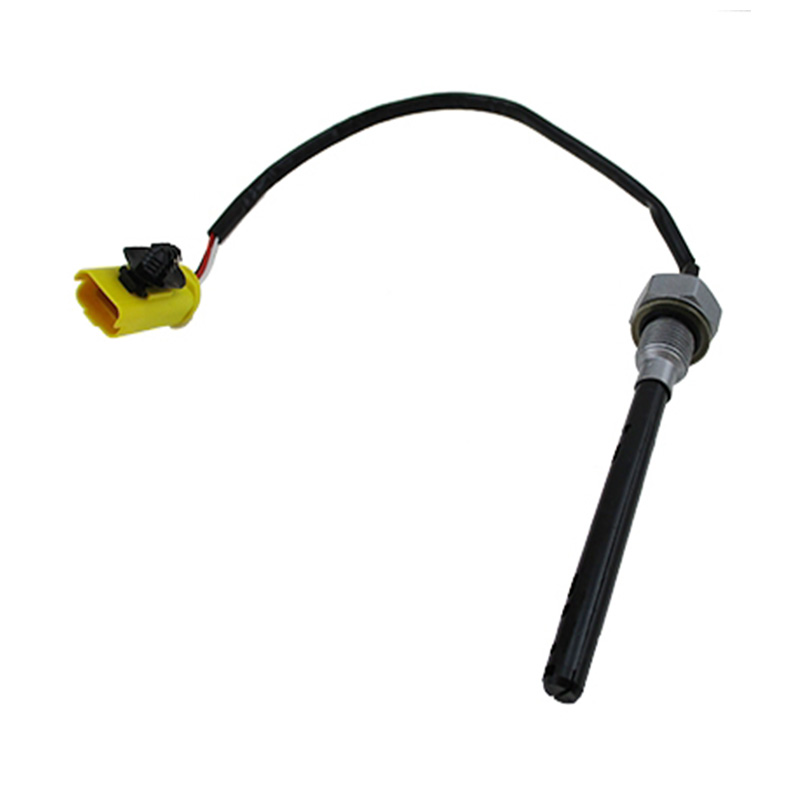OEM.NO: 5WK9641 5WK9641Z
See DetailsWhat Is A Tire Pressure Sensor?
A vital component in modern automotive safety systems, the automobile tire pressure sensor, also referred to as the tire air pressure sensor or tire monitor system, stands as a sentinel guarding against potential hazards on the road. Let's delve deeper into the multifaceted functions and significance of the tire pressure sensor in ensuring driving safety and optimizing vehicle performance.
Understanding the Tire Pressure Sensor:
An automobile tire pressure sensor is a sophisticated device meticulously engineered to monitor the air pressure within each tire in real-time. Installed directly inside the tire, this sensor continuously measures the tire pressure and transmits the data to the vehicle's monitoring system or dashboard, providing drivers with timely feedback on the condition of their tires.
Functions and Benefits:
Enhanced Safety:
The primary function of the tire pressure sensor is to enhance driving safety by alerting drivers to abnormal tire pressure conditions. Whether due to underinflation or overinflation, deviations from the recommended tire pressure levels can compromise vehicle stability, handling, and braking performance. By promptly notifying drivers of such deviations through alarms or dashboard displays, the sensor empowers them to take corrective action and prevent potential accidents.
Fuel Efficiency:
Beyond safety considerations, the tire pressure sensor also contributes to optimizing fuel efficiency. Maintaining the correct tire pressure ensures that the tires roll more efficiently, reducing rolling resistance and consequently improving fuel economy. By alerting drivers to deviations in tire pressure, the sensor enables them to promptly address any issues, thereby maximizing fuel efficiency and reducing overall operating costs.
Tire Wear Reduction:
Proper tire inflation, facilitated by the tire pressure sensor, plays a crucial role in extending tire life and minimizing premature wear. Underinflated tires are prone to excessive heat buildup and uneven tread wear, professional to reduced tire lifespan and increased maintenance costs. By monitoring tire pressure levels and alerting drivers to deviations, the sensor helps mitigate these issues, ultimately prolonging the life of the tires and ensuring good performance.
Suspension System Effectiveness:
Maintaining the correct tire pressure is essential for preserving the effectiveness of the vehicle's suspension system. Overinflated tires can transmit excessive road shocks to the suspension components, compromising ride comfort and handling stability. Conversely, underinflated tires may result in reduced suspension travel and compromised shock absorption capabilities. By ensuring proper tire inflation, the tire pressure sensor helps optimize suspension system performance and ride quality.
Working Principle and Implementation:
The tire pressure sensor operates by utilizing various technologies, including direct and indirect measurement methods. In direct measurement systems, sensors embedded within each tire measure the actual tire pressure and transmit the data wirelessly to the vehicle's onboard computer. Indirect measurement systems, on the other hand, rely on wheel speed sensors to detect deviations in tire rotation caused by changes in tire pressure.
The automobile tire pressure sensor represents a critical component of modern vehicle safety and performance systems. By continuously monitoring tire pressure levels and alerting drivers to deviations, this sensor plays a pivotal role in enhancing driving safety, optimizing fuel efficiency, and prolonging tire life. As automotive technology continues to evolve, tire pressure sensors will undoubtedly remain an indispensable tool for ensuring good vehicle performance and driver confidence on the road.
